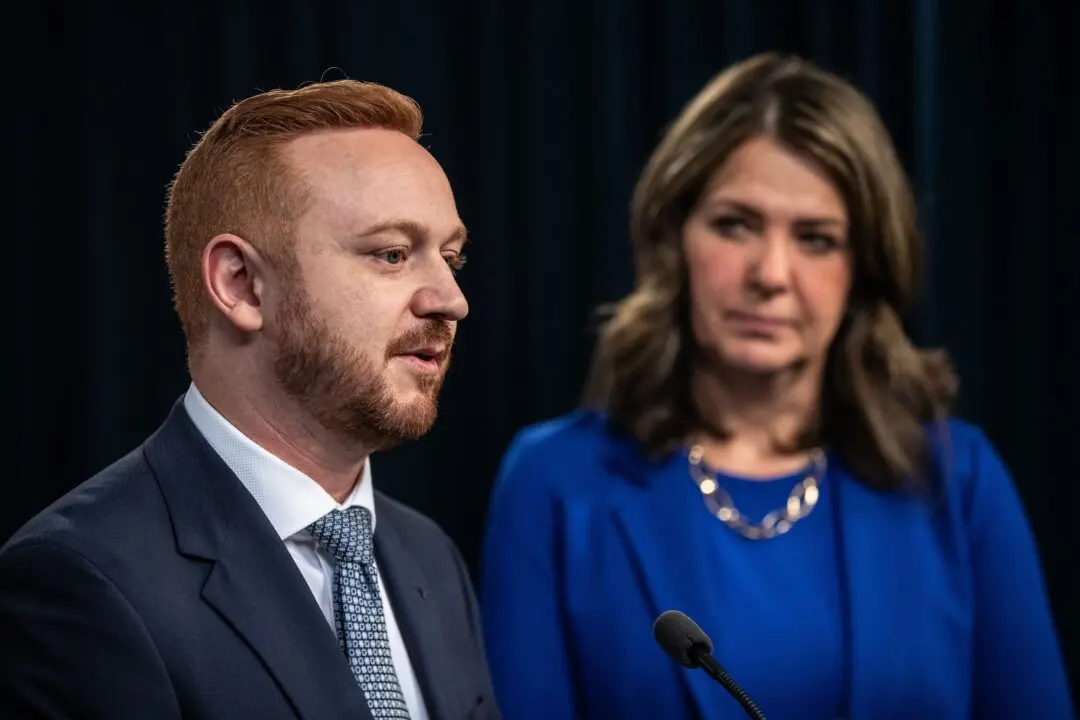COVID-19 restrictions imposed on places of worship were often more stringent than those applied to retail and liquor stores, despite the fact that the freedom of conscience and religion is a fundamental freedom, says a think tank calling for an update to Ontario’s Emergency Management and Civil Protection Act.
“For example, in Step One of Ontario’s Roadmap to Reopen in May 2021, essential retail businesses and liquor stores could operate at 25 percent capacity, while indoor religious services were limited to 10 people regardless of the size of the house of worship,” said Cardus in a press release on April 12.





